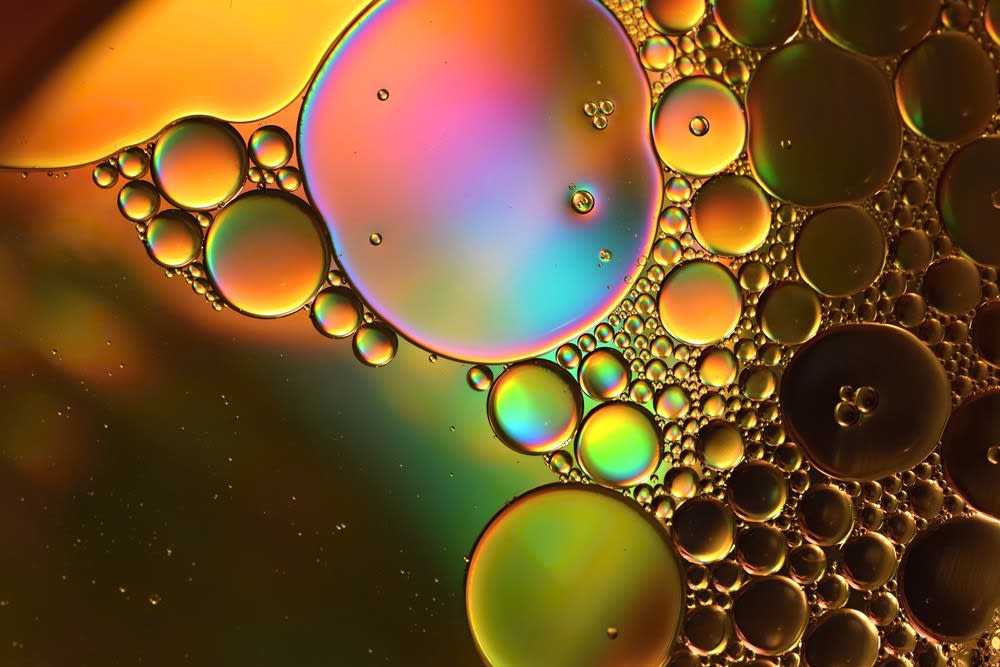

Dry gas is a very helpful fuel additive that is used to remove water from gasoline and prevent water-contaminated gasoline from freezing. While the solution itself is actually called dry gas, there is one brand of this fluid named Drygas.
Water should never be in the gas tank, fuel lines, fuel injectors, or combustion chamber. There are a number of issues water-contaminated gasoline can bring about:
Water does not combust when mixed with air inside of the combustion chamber. This means that if the gasoline going into an engine has too much water in it, the fuel will not burn very well. In some cases this can stall the engine with the watery gas still in the combustion chamber, corroding metal surfaces and generally making a mess of things.
Water also has a nasty tendency to freeze when it reaches a temperature below 32 degrees Fahrenheit.
Water causes rust and corrosion in the gas tank, metal fittings, and metal lines along the fuel system. This is particularly bad for the fuel system, as some of the debris can make it all the way to the fuel injectors and eventually clog them.
How does dry gas work?
Based on either methanol or isopropyl alcohol, dry gas rids the fuel system of water by binding to the water and then burning it all off in the combustion chamber. Because of alcohol’s extremely low freezing point, it also acts as antifreeze to water-contaminated gasoline.
Different engines have different responses to dry gas and some will run differently with it in the fuel. Dry gas is not really a necessary part of routine maintenance, but if there is any reason to suspect that a vehicle is suffering from water-contaminated gas, especially in the winter, dry gas is an excellent solution.



